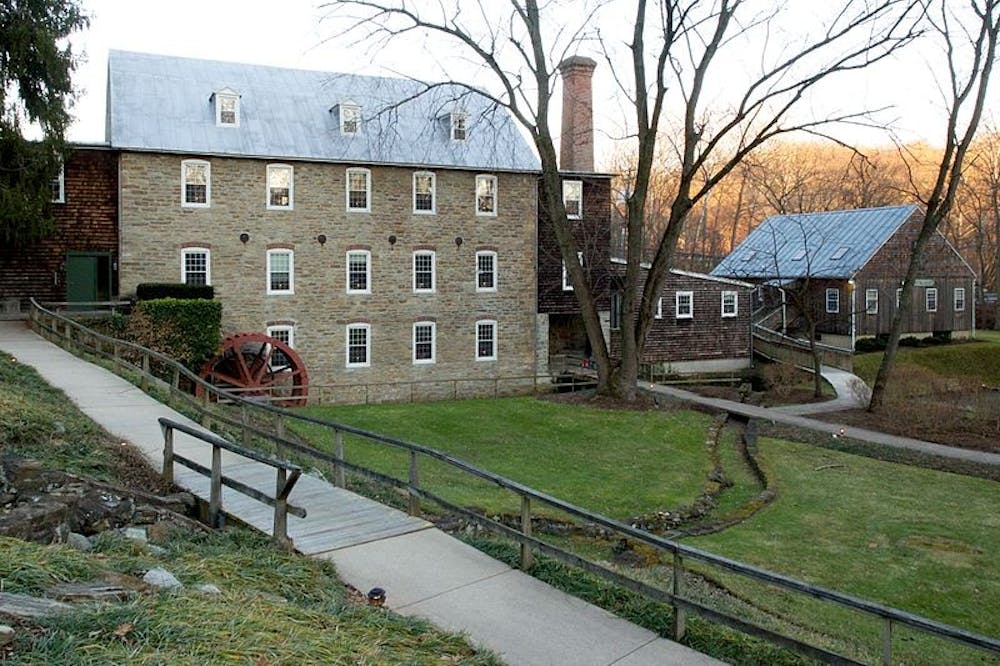As in many east coast cities, every place in Baltimore has history. From the manor houses in its parks to its many row homes to its rivers, every part of the city has a story to tell. The nearby neighborhood of Remington is no different.
In the relatively short period of the three and a half years I have been at Hopkins, Remington has undergone a huge transformation.
Part of my perception of this, of course, is that since my freshman year, my attitude toward Baltimore has changed quite a bit.
My feelings notwithstanding, it is a fact that Remington both has changed and is changing. At the moment, these changes seem to be good for the community. New businesses are giving people reasons to go to Remington; those same businesses are giving longtime residents more resources within their neighborhood, and rent hasn’t risen too much yet.
I am not going to talk too much about whether the changes in Remington are good or bad in this article. Rather, this seems to be a good moment to note the changes that are occurring in a neighborhood that is adjacent to our campus and that is affected by Hopkins leadership as well as Hopkins students, and to think about the story of Remington as a whole.
Much of the information in this article comes from The Sun and from Beyond The White Marble Steps: A Look At Baltimore Neighborhoods, as well as Baltimore city resources and the Mobtown Shanks blog.
Remington is named after landowner William Remington, who owned property near the center of what makes up modern-day Remington. The neighborhood is bounded by West 22nd Street, Sisson Street, Wyman Park Drive and Mace Alley. Fun fact: It is on the National Register of Historic Places.
When Remington grew, it grew in the nineteenth century as a part of the manufacturing in Baltimore that relied on the waters of the Jones Falls to run mills and factories. Train lines and jobs brought workers and their families into the city and into Remington, especially in the late 19th century.
Many of the rowhouses you will see as you walk its streets were built in the early 20th century, specifically in the 1910s to 1920s.
A fun thing to do as you walk the streets of Baltimore is to look at the row houses and identify what type they are. The homes in Remington are mainly marble and daylight row houses.
Marble row homes have flat or slightly curved fronts and will typically have decorated stained glass and mosaics, while daylight row homes have many windows to maximize the amount of light in each room. There are many other types of row homes as well. Charles Village sports several types within its limits. The Baltimore Chop has a decent reference guide on them, and there are many other resources if you are curious about row houses.
Back to the story: Remington, as you might have seen if you’ve visited it, is a predominantly white neighborhood. Although it is historically blue collar as well, its composition has seen many shifts since its beginnings. Now students live there as well, along with many other people of various backgrounds.
These changes have occasionally produced animosity. Even now in some Remington establishments, while people are friendly, students definitely stick out like a sore thumb.
People have worried about changes in rent and culture as well.
One odd blip in Remington’s history was the near coming of Walmart. Yep, that’s right, we almost had a Walmart in Remington.
The proposed superstore was a part of the proposed 25th Street Station development, which after much contention, was scrapped as of 2015.
The 25th Street station might have helped connect the historically isolated Lower Remington with other parts of the neighborhood, although as some accounts would have it residents were some of the most outspoken critics of the development.
R. House is but a larger part of the larger pattern of change in the neighborhood. Remington is strongly beginning to resemble Hampden is a part of a trend of upscale food markets in Baltimore City. Some have associated developments such as this with gentrification, although others have welcomed it.
While change is generally divisive since it can be hard to see where it is going all the time, Hopkins students should continue to branch out to explore what Remington has to offer.





